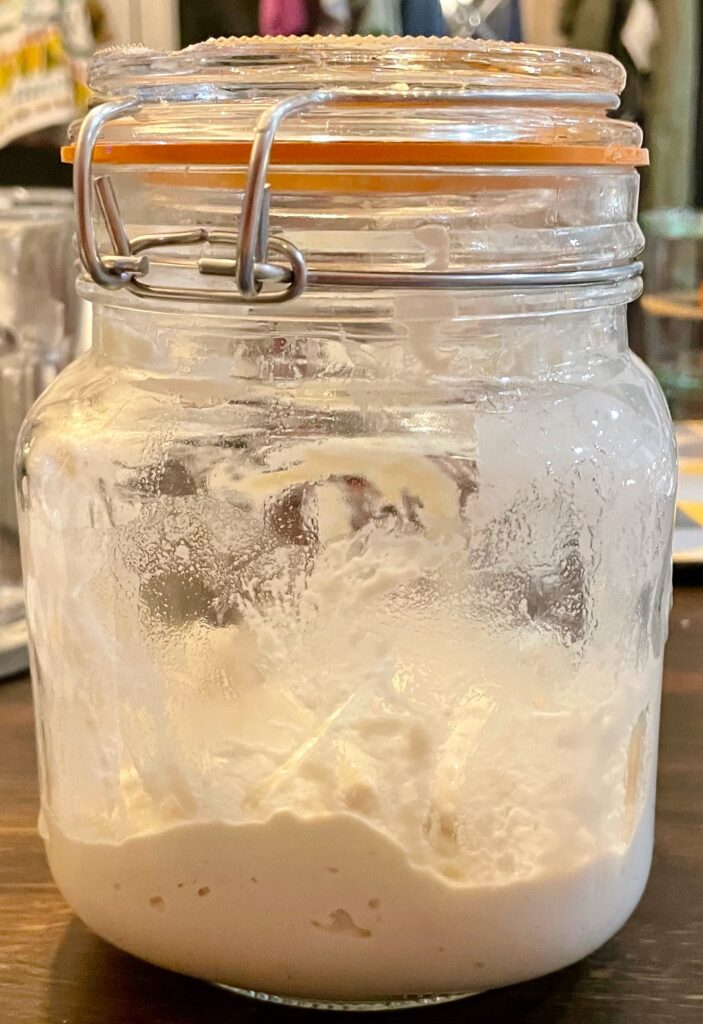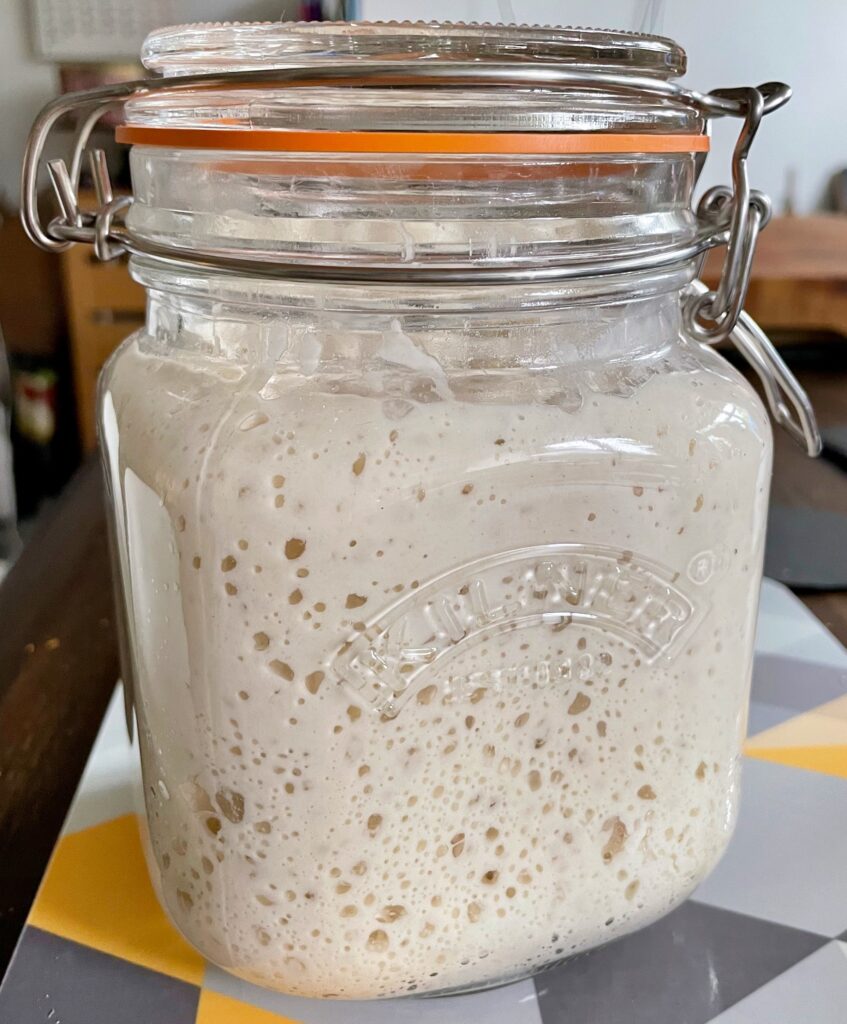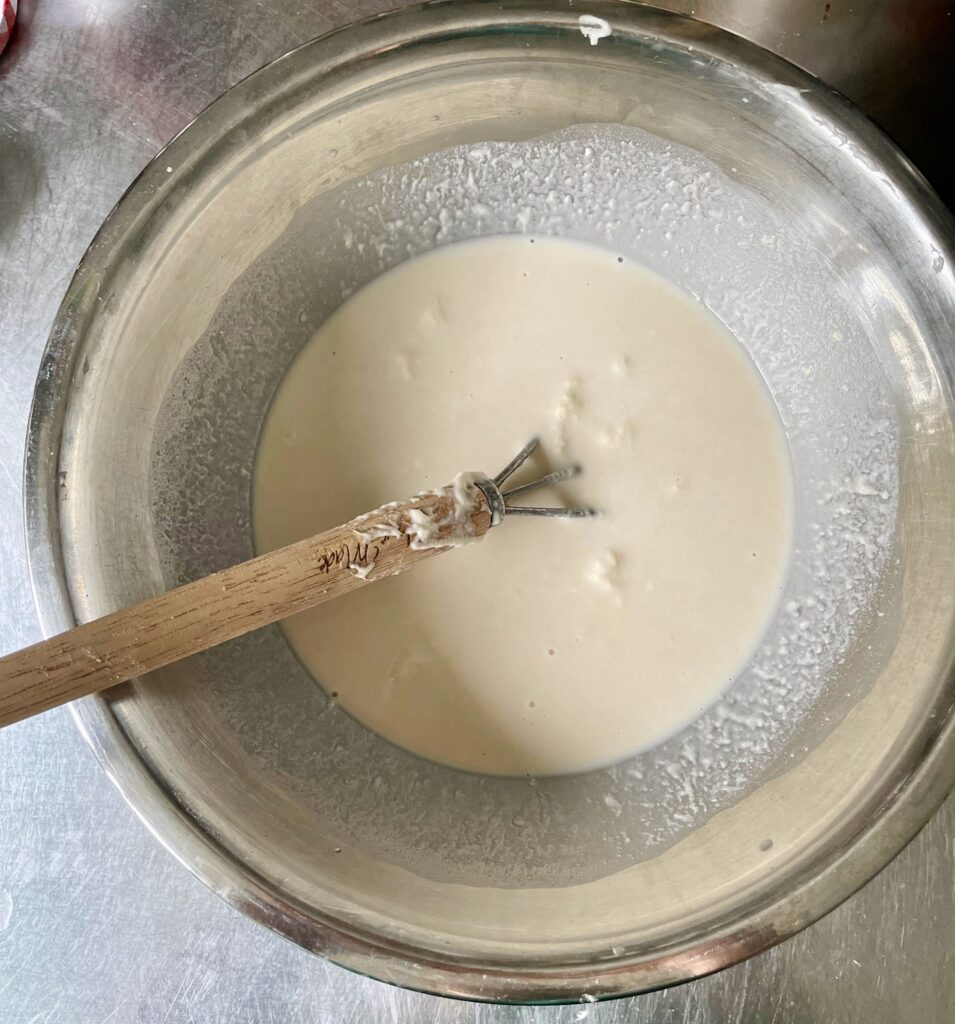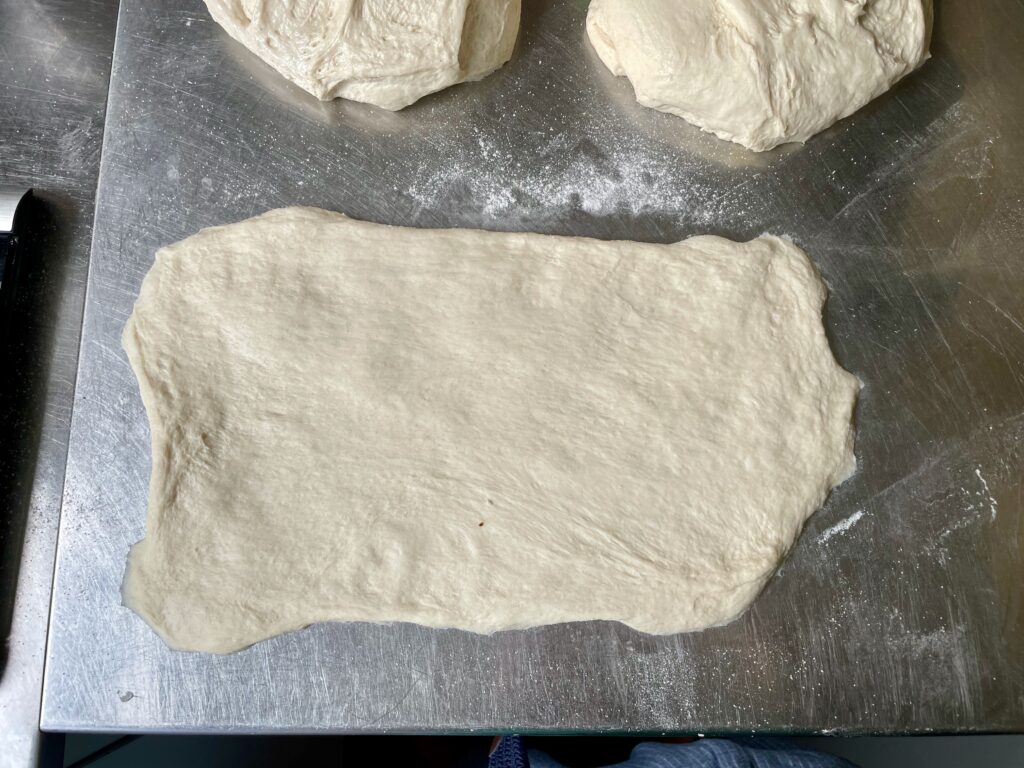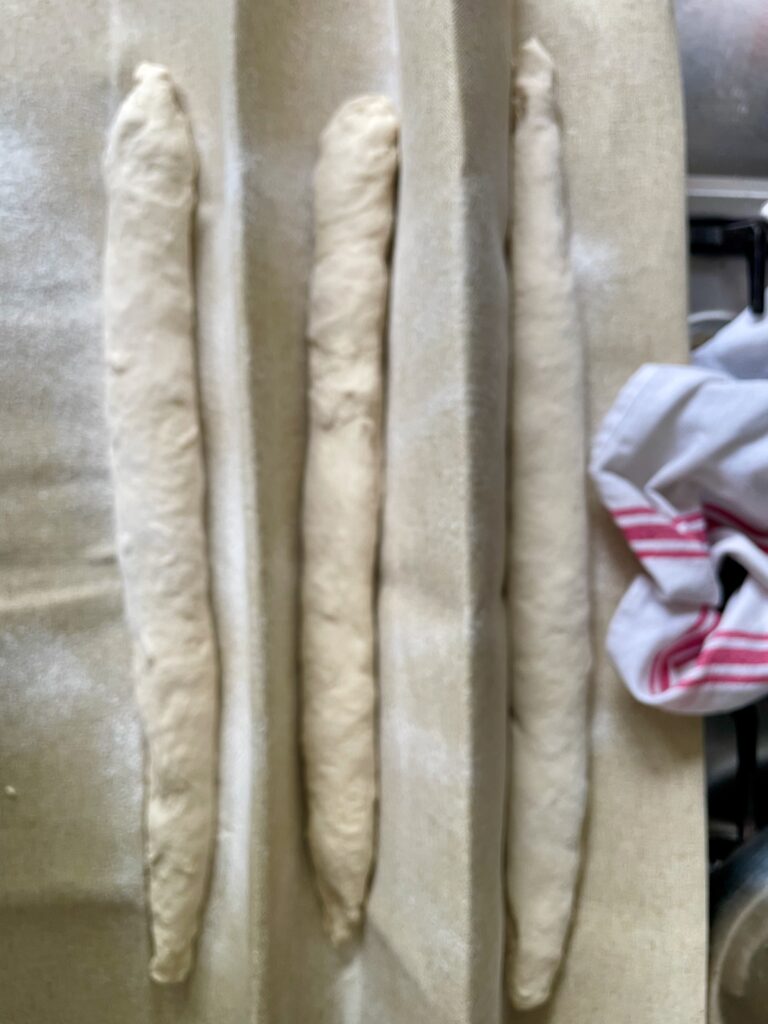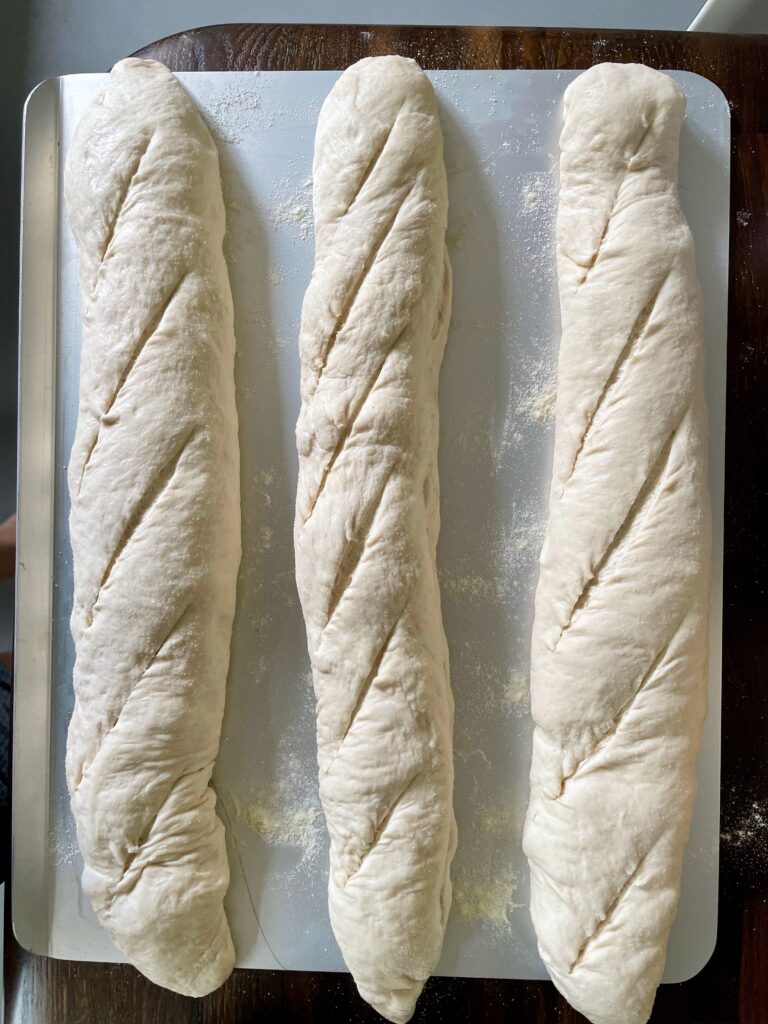The classic French bread
As a lover of bread, I’ve always massively admired the bread culture in France and its pinnacle of perfection – the traditional baguette. With rules enshrined in French law, the baguette must be made from scratch in the boulangerie using nothing more than flour, yeast, salt, and water. The flavour and texture of this high-hydration loaf are supplemented using a preferment called a poolish, which I grow over 12-18 hours with sourdough starter to really develop the flavour.
My recipe uses T55 flour; this is a French flour formulated for this bread. It is available in specialist shops in the UK, but the same protein level can be achieved by mixing plain and strong white bread flour. Makes three 40cm loaves.
You will need…
Poolish
- 200g T55 flour (or strong white bread flour)
- 200g water
- 15g active sourdough starter
Loaves
- 250g water
- 4g dried yeast
- 13g salt
- 450g T55 flour (or 250g strong white bread flour and 200g plain white flour)
- Semolina (or flour) for dusting
You will need a large 30x40cm baking sheet and a baker’s linen couche cloth (or clean tea towels) and a water spray bottle. A dough / Danish whisk is also useful.
To make baguettes…
- Combine the ingredients for the poolish in a large jar to form a thick paste. Cover and leave at room temperature to slowly ferment for 18-24 hours until at least doubled in size.
- Once ready to make the loaves, transfer the poolish to a large bowl, add the water, yeast, and salt, and stir well with a dough whisk to break up the poolish. Add the flour and mix together. Once it has combined into a smooth dough, leave it to rest for 20 minutes.
- Tip the dough onto a floured surface and knead for 10 minutes – it will be very wet but will come together. Put it into a clean bowl, cover, and leave it to rise at room temperature for 1.5 hours, or until it has doubled in size.
- Carefully transfer the dough to a work surface well dusted with semolina or flour, taking care to remove as little air as possible. Carefully cut the dough into three equal pieces; the dough will be sticky, so use semolina against cut edges to avoid sticking.
- Prepare the baker’s cloth (or tea towels) by forming ridges and spaces for the three loaves to rise. Sprinkle with semolina.
- Working one piece at a time, form the dough into an oval approximately 40x30cm, and working with a long edge towards you, pull the edge of the dough and roll it up, applying pressure as you go. Once rolled up into a tight spiral, twist the edges of the loaf into a point and transfer to the prepared baker’s cloth. Repeat with the rest of the loaves, cover with a tea towel, and leave to rise for around an hour.
- Preheat the oven to 220°C fan / 240°C non-fan.
- Once the loaves have risen, gently transfer them to a baking sheet dusted with semolina. Slash the loaves a few times with a baker’s lame or a very sharp knife. Spray the loaves with water. Transfer to the oven, throw a cup of water into the oven, and shut the door.
- Bake for 25 minutes until browned.
- Remove, leave to cool on a cooling rack, and enjoy while fresh.
